How to get water out of your phone — no rice required
Here’s how to get water out of your phone including what not to do

If you’re frantically Googling how to get water out of your phone, odds are the worst has happened. You lost your grip for a split second, and your phone landed in water. And even if it was submerged briefly, this can do some serious damage, whether you’ve got one of the best iPhones or best Samsung phones.
The sad truth is no phones are fully waterproof — most modern designs are water resistant, but all phones will succumb to water damage if submerged for long enough. That means you need to take action quickly, even if your phone appears to be working as normal after the drop.
Don’t reach for the rice though; as you will see in this guide, it won’t help the situation. Here’s how to get water out of your phone before it’s too late.
How to get water out of your phone
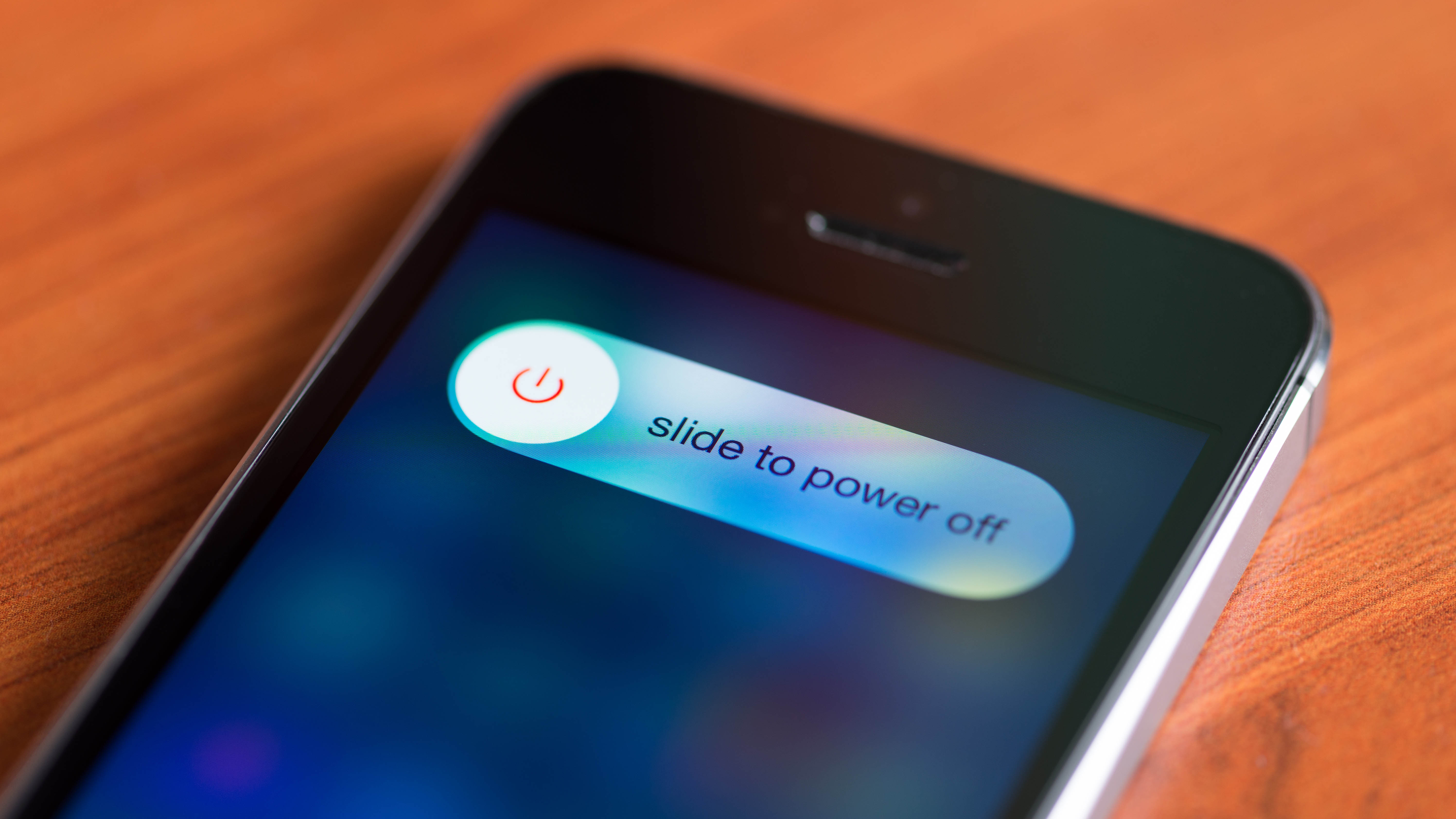
Microfiber cloth
Towel
Silica gel packets (optional)
1. Switch off the power immediately — And don’t charge your phone or plug it in either. You don’t want electricity running through it until the interior is completely dry, otherwise the water could short circuit the device.
Even if your phone is working, switch it off — water can make its way further into the internal components with time and slowly do damage. So what might be working fine today could stop working tomorrow. Your phone should be left switched off for 48 hours at least.
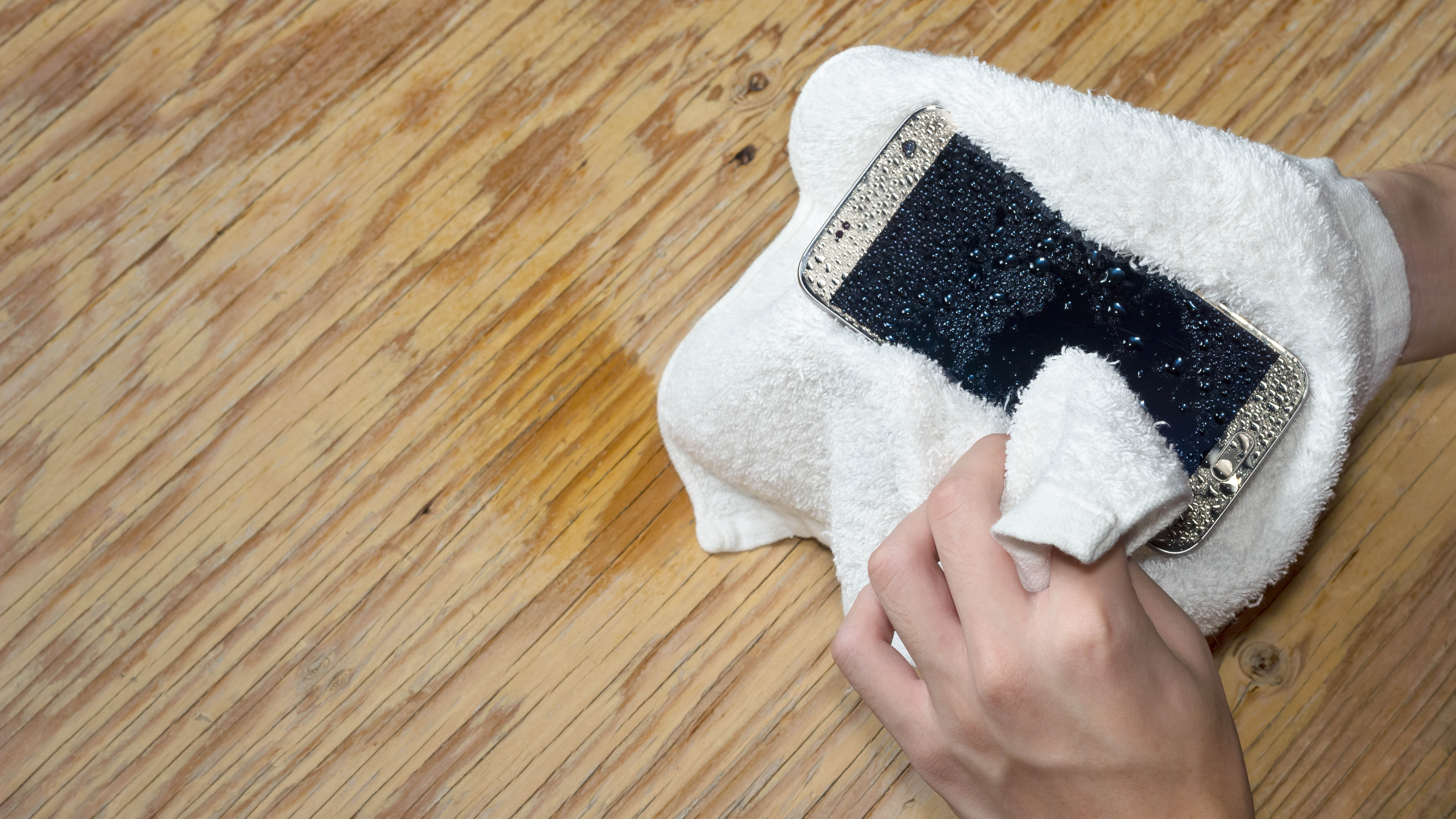
2. Dry the outside — Wipe any excess water off your phone straight away using a microfiber cloth, being sure to carefully dry the ports and speakers while you’re at it.
Try not to shake or move your phone around excessively as you do this — any internal water could run further and cause more damage. Some sites recommend shaking your phone to drain water from the speakers, but don’t do this.
Get instant access to breaking news, the hottest reviews, great deals and helpful tips.

3. Remove what you can — If your phone case has a cover, carefully remove it and re-dry the exterior if necessary. Take the SIM card and battery out as well if you can. Dry each on removal and leave them out so that the phone can better ventilate.
Do not replace any of these until your phone has had sufficient time (48 hours) to dry.
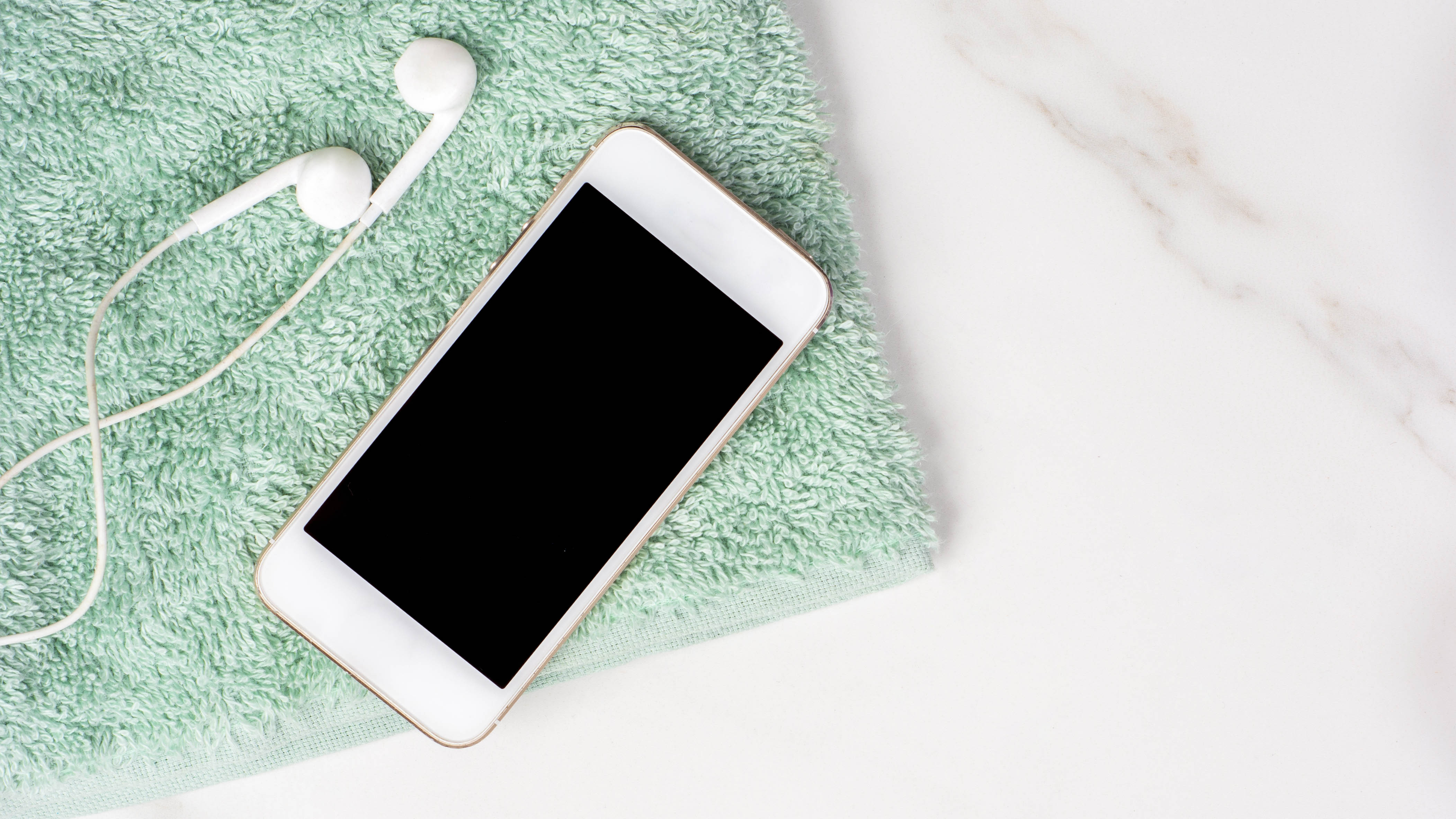
4. Let it dry — Lay your phone flat on a towel or microfiber cloth in a well-ventilated, dry area — avoid the bathroom if you can. You can aim a fan at it, run a dehumidifier in the room or place it near a window for faster results. Leave your phone for the full 48 hours to give it sufficient time to dry out.
Many sites recommend using rice to dry out a phone, but the fact is this isn’t as effective as people think, plus it can scratch and introduce dust into the phone. For that reason, air-drying is the more effective method of the two.
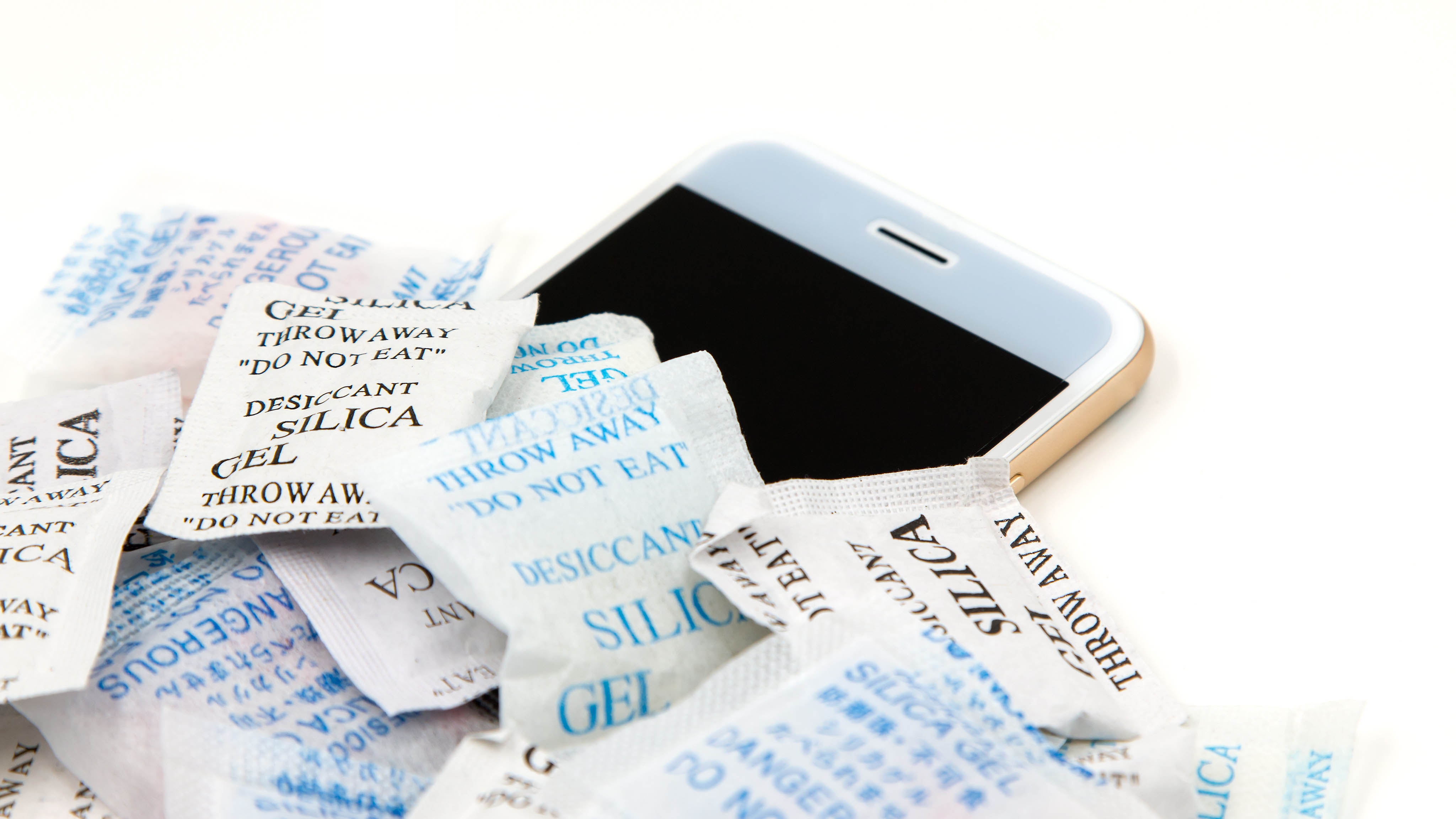
5. Use silica gel packets — You can use silica gel packets to aid the drying process if you have them to hand. These are those little packets of beads you get in new handbags and shoe boxes; they’re designed to absorb moisture, so they can come in handy here.
Place them under and on top of your phone as it dries. You can order silica gel packets for emergencies such as these if you don’t have any at home — you can get 100 packets of 2g silica for just $7 at Amazon.

6. Switch your phone on — Replace what you removed and power your phone back on only after time is up. Fingers crossed, you will have dried it out in time and it should be safe to use again.
Professional services
If you can’t face the worry and uncertainty as you wait for your phone to dry out, you can always take it to the professionals, such as Redux or TekDry. These services will use a combination of heat and vacuuming to remove any internal moisture and can give you your phone back on the same day.
Salt water exposure
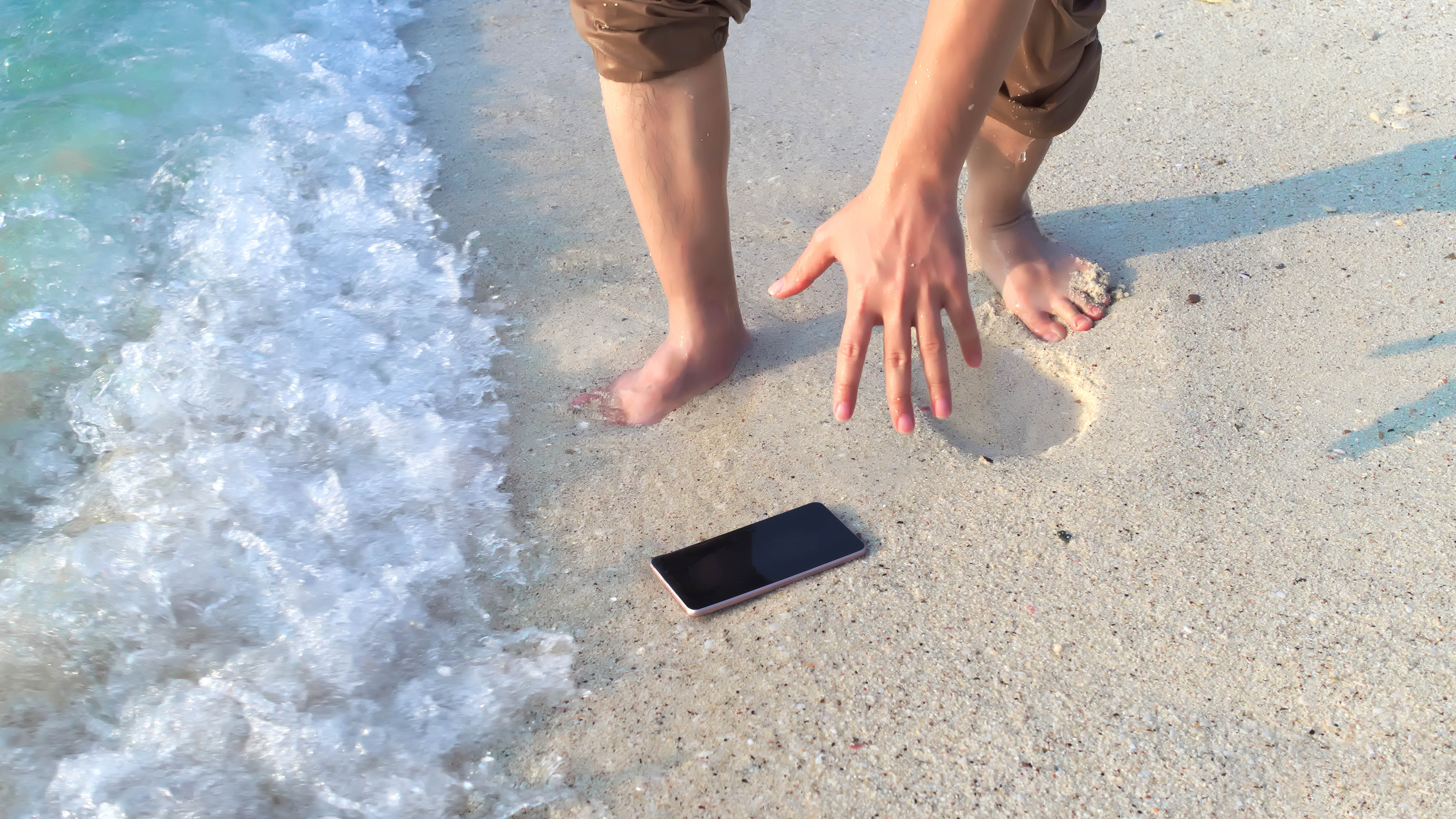
Salt water is naturally more corrosive and conductive compared to fresh water, so it can do damage to a phone much more quickly. If your phone is submerged in salt water, chances are you won’t be able to save it if the water reaches the internal circuits.
Your best bet would be to leave it switched off and to rinse it with fresh water and baking soda before drying it as above and getting it cleaned professionally as soon as possible. Back it up if it’s returned in working order as well, in case the phone suffers damage over time.
Tips to prevent it happening again
- Invest in a waterproof phone case — It might sound like an obvious solution, but a cheap waterproof phone case can save $100’s of damage.
- Upgrade your phone — If it’s too late for your phone and it can’t be recovered, consider a model which is more water resistant for the future. Check out our list of the best waterproof phones.
- Pay attention to where you use the phone — If you have a habit of using your phone in the bath or on the toilet, now’s the time to stop doing that. Consider if what you’re looking at is really worth the risk.
- Invest in a tether — If you have a tendency to drop or lose your phone in general, you could also invest in a tether, such as the Nite Ize Hitch Plus Tether ($14, Amazon).
For more phone tips, tricks, and how-tos, check out our guides on how to clean iPhone speakers, how to clean your phone, how to clean a clear phone case and how to clean an iPhone's charging port.

Katie Mortram used to be a Homes Editor for Tom's Guide, where she oversaw everything from kitchen appliances to gardening tools, as well as smart home tech. Specializing in providing expert advice for cleaning and home manintenance, she now works as Household Advice Editor for Good Housekeeping.
